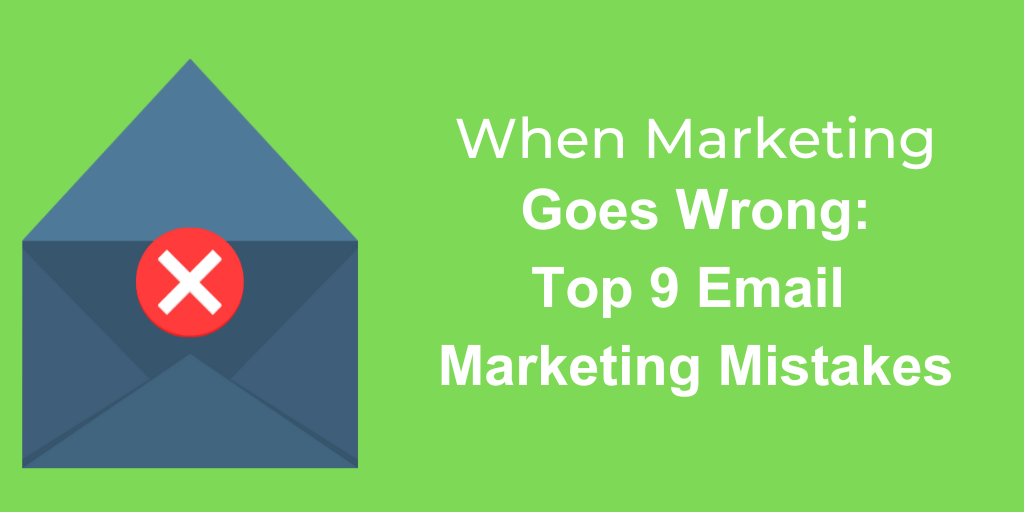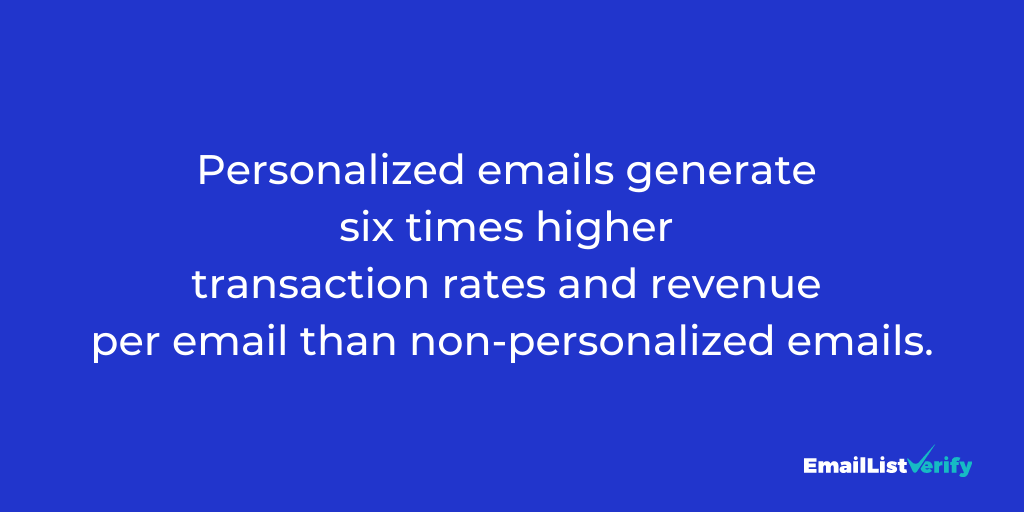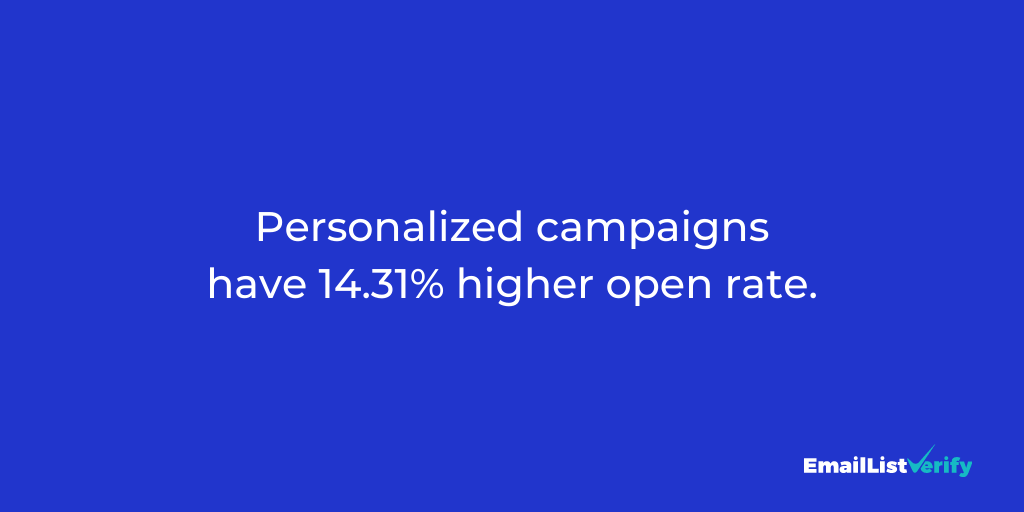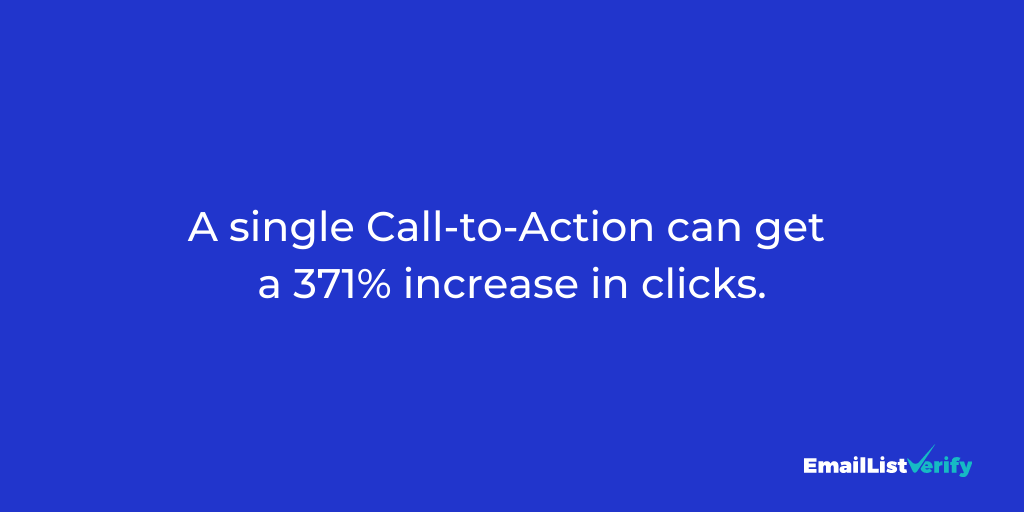When Marketing Goes Wrong: Top 9 Email Marketing Mistakes

Quick links
Every marketer knows that email is a powerful tool — but just in case you have doubts, let’s break it down with some cold, hard digits.
A study by the Data & Marketing Association estimates that “email marketing’s return on investment (ROI) is up to £32.28 for every £1 spent.” Numbers are expected to continue growing as more and more people use email every day.
By 2025, Statista estimates 4.6 billion people (about half the world’s population) will be using email. Are you mentally calculating just how many marketing opportunities that equals while you’re reading this?
But while email marketing holds so much potential as a tool to grow your business, there are also a whole lot of mix-ups and mistakes that can turn your well-intended campaign into a click-away nightmare.
If you’re prepared to turn your email marketing campaign from ‘just another email’ into ‘can’t wait to open this’, you’re in the right place. Let’s take a look at the mistakes that are costing you customers and money.
1. Neglecting Personalization
You’re not going to get very far with a dry, cold email that just sounds like a sales call. Instead, you should think of email marketing as a handshake, a way to start a conversation that later on, at some point, will hopefully result in a relationship or a sale.

Source: Experian Study
Personalization plays a big role in this. In fact, a study by Experian found that “personalized emails generate six times higher transaction rates and revenue per email than non-personalized emails.”
The study also found that:
- Personalized promotional mailings have 29% higher unique open rates than nonpersonalized mailings
- Multichannel retailers see a 37% increase in unique open rates for emails with personalized subject lines
Marketing guru and entrepreneur Neil Patel agrees with the importance of personalization, explaining that “The point of personalized marketing is to understand your customers more and how they like to communicate so you can better engage them in the busy online world.” In other words, it’s a chance to stand out in a world full of information.
So if you’re still blasting out generic emails to your entire subscriber list, consider this your wake-up call — you’re missing out on a golden opportunity to engage.
2. Failing to Segment Lists
List segmentation is closely tied to personalization. In simple words, list segmentation means categorizing a company’s customer list into smaller, more precise groups and then tailoring your marketing to meet the needs and preferences of these groups.
These groups can be created from whatever criteria work better for you:
- demographics
- past purchases
- geographical location
- personal preferences
- previous engagement (clicks, open rates)
- revenue

Source: Mailchimp Report
A survey report from Mailchimp found that email personalized through segmented campaigns have:
- a 14.31% higher open rate
- a click rate that’s 100.95% higher than non-segmented campaigns
- a 4.65% lower bounce rate
Segmentation works because it means personalizing your offers and products — and this is important because not all of your subscribers are interested in every product or service you offer. By segmenting your list you’re making sure that the right messages reach the right people.
3. Overloading Your Customers with Information
In a world that’s already overwhelmed with information, the last thing you want to do is introduce more “noise.”
Research shows that consumers’ attention span has shrunk by over 25% between 2000 and 2015. In 2000, you had about 12 seconds to grab somebody’s attention before they moved on. Today, it’s just over 8 seconds.
With such a short window, it’s easy for your email to get lost in the noise if you overload it with too much data. If your strategy so far has been to cram 25 new products into a single email, it’s time to make changes.
Instead of long, content-heavy emails, you want to make sure every word counts so your email doesn’t get deleted after a few seconds.
This raises another question: how long is the ideal marketing email? A study by Boomerang showed that the ideal marketing email length is between 50-125 words. Emails of that length have response rates above 50%, while anything shorter or longer starts showing a decline in response rates.
Keeping an email short also improves its readability and scannability — which you can improve even more by using:
- bullet points,
- bold fonts,
- and plenty of white space.
Remember, when it comes to email marketing, less is often more.
An email is an invitation for further interaction – engage your customers once and they’re more likely to continue engaging by visiting your website or making a purchase.
4. Sending Emails at the Wrong Time
Timing marketing emails might not seem such an important consideration — after all, does it really matter if you reach out to customers on a Monday or a Tuesday? Well, turns out it does.
When GetResponse analyzed four billion emails, it found that clicks and open rates were higher on Mondays and Tuesdays but click-to-open ratios were best on Saturdays and Sundays. More research from Klaviyo found Tuesdays, Wednesdays, and Mondays to be the best days (in that order).
Time seems to matter as well. The peak time for click-through rate and email opening was either around 10 am or between 3 pm and 4 pm.
But this can change depending on your audience — those working in offices might be more likely to check their emails once they get to work, while stay-at-home moms might check while getting ready to send the kids to school.
So always think of your audience when scheduling an email campaign.
5. Ignoring Mobile Users
We live in a mobile-first world and ignoring this would be one of the biggest email marketing mistakes you can make.
Over 46% of people now open their email on mobile. This includes not only iPhones and Androids but also iPads.
Why is this important? Because this means you need to be optimizing for different screen sizes.
Leading e-commerce brands are already prioritizing mobile device optimization and you should too.
When it comes to email marketing, this can take many forms, including:
- mobile-friendly design and templates for your email newsletters,
- email CTAs that are easier to click,
- and text that’s easy to scan and read on a small screen.
6. Using Deceptive Subject Lines
First impressions matter, especially in email marketing. The subject line is what encourages people to click on and read an email, so it has to be good. Clickbait or deceptive subject lines could hurt you more than you can imagine — and they can also lead to a loss of trust.
According to research shared by Invespcro, 69% of email recipients report emails as spam based solely on the subject line. So keep them concise, engaging, and truthful.
Examples of email subject lines that could be considered deceptive include:
- Last Chance to Save 50%! — Unless this is really the last chance to get something at a half-off price, this is misleading. You might get a pass the first time, but many subscribers will remember if a month later, the “last chance” sale is back again.
- Exclusive Sneak Peek — Are you really providing exclusive access or a first look at a new product or service? If not, this isn’t the right subject line to use.
- Last Chance: 90% off Everything! — Is everything really 90% or do you mean “up to 90%”? Don’t lie to your customers.
7. Not Focusing on the Subject Line As You Should
Speaking of subject lines, there’s more to them than just keeping them honest. Think of your subject line as the “headline” of your email.
Win Goodbody, senior product manager at the Sitka Technology Group, explains that “A subject line is like a newspaper headline, a title on a book’s spine, or the key slogan of a print media ad. It tells the user what this is all about. And it should do so in sparkling style, seamlessly channeling your brand.”
Your subject line can determine whether your email gets opened, so make sure you spend some time creating an effective one.
8. Not Testing Emails
A/B testing, also known as split testing, allows you to uncover what type of email marketing works best for your audience, from subject lines to CTA placement.
Only about 59% of companies perform email A/B tests, though, which means that many companies are missing out on a great opportunity to understand what triggers users to click on links.
A/B testing for email marketing doesn’t have to be complicated.
You just need to create two versions of your email, then split your email list into two equal groups and send the emails out. To make the most of the testing, keep the differences between emails small.
Either change the subject line or the CTA or the length of the email — but not all of these things at once or you won’t be able to determine which one is improving your email campaign.
9. Not Having a Clear Call to Action (CTA)
What do you want customers or clients to do after reading your marketing email? Buy something? Visit your website?
While this expected action should be clear in the body of your email, using a clear and compelling CTA to confirm it helps too.

Source: Wordstream Study
When it comes to CTAs, more isn’t better, though. A study by Wordstream found emails with a single Call-to-Action saw a 371% increase in clicks and a stunning 1617% increase in sales.
Why is this? Wordstream believes including only one link in your email is better because “People are lazy so if you’re asking them to do too much you’ll lose them” but also because a single CTA keeps the focus on your main goal: getting somebody to click on the one link that matters.
In the end, the key to a great CTA is that it needs to be specific, compelling, and provide value to the recipient.
Examples of Bad CTAs:
- Click here: This is vague, overused, and doesn’t incite action
- Visit our website: Lacks urgency and excitement and doesn’t provide a compelling reason to click
- Buy now: Comes across as too salesy and aggressive
Examples of Good CTAs:
- Download Your Free eBook Now: It’s action-oriented and tells the recipient exactly what they will receive
- Save My Seat: This feels exclusive and offers value
- Get Started for Free: Offers customers a chance to try before they buy
And there you have it — avoiding these common email marketing mistakes can help you create engaging campaigns that provide value and resonate with your audience.
So, before you hit ‘send’ on your next campaign, make sure it’s a message you would want to open yourself!
Join Our Monthly Newsletter
Learn how to improve email deliverability and clean your email lists with and more.



